German porcelain: vintage sets Villeroy & Boch series "Rusticana"
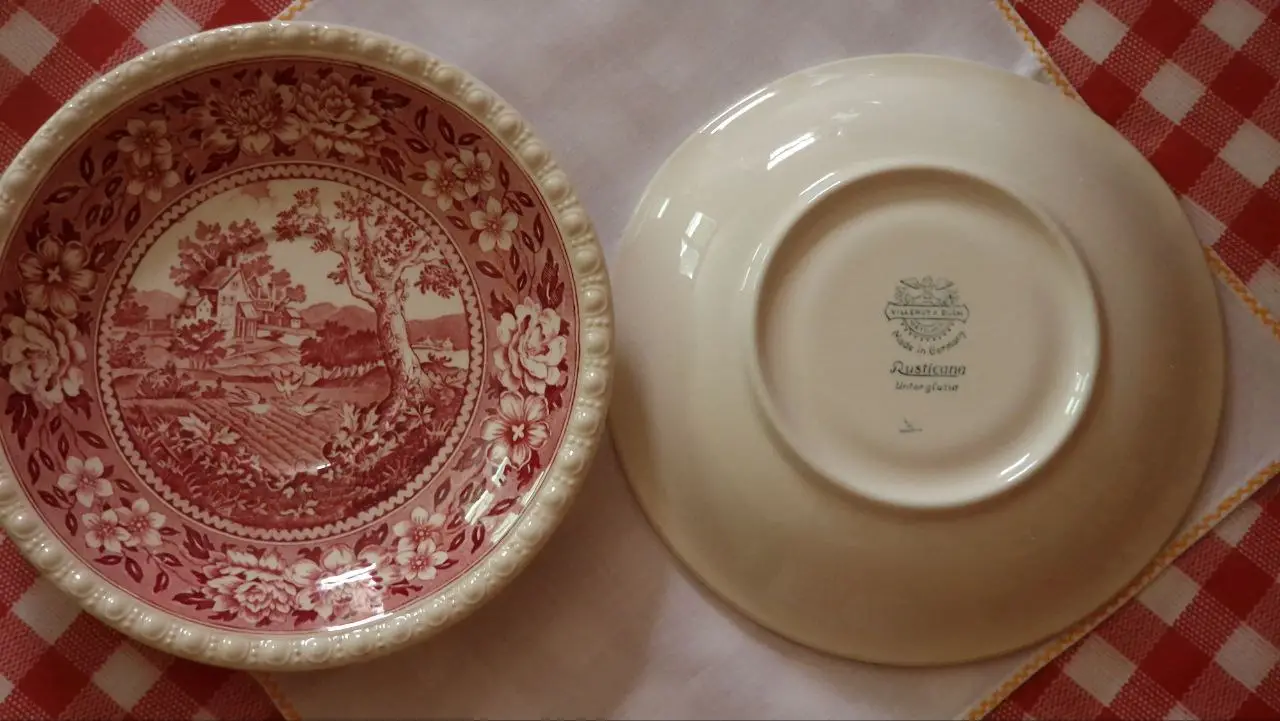
German porcelain is a valuable collection of historical, artistic and technical aspects of past eras. Each piece reflects the styles, trends and tastes of its time and is uniquely marked, dated and historic, giving the collection not only beauty but also the heritage of past eras
Villeroy & Boch is a well-known name in the world of porcelain and ceramics, associated with quality, elegance and tradition. Over the centuries, the company has created numerous pieces that have become popular among collectors. One such collection is "Rusticana", which delights with its unique aesthetics and craftsmanship.
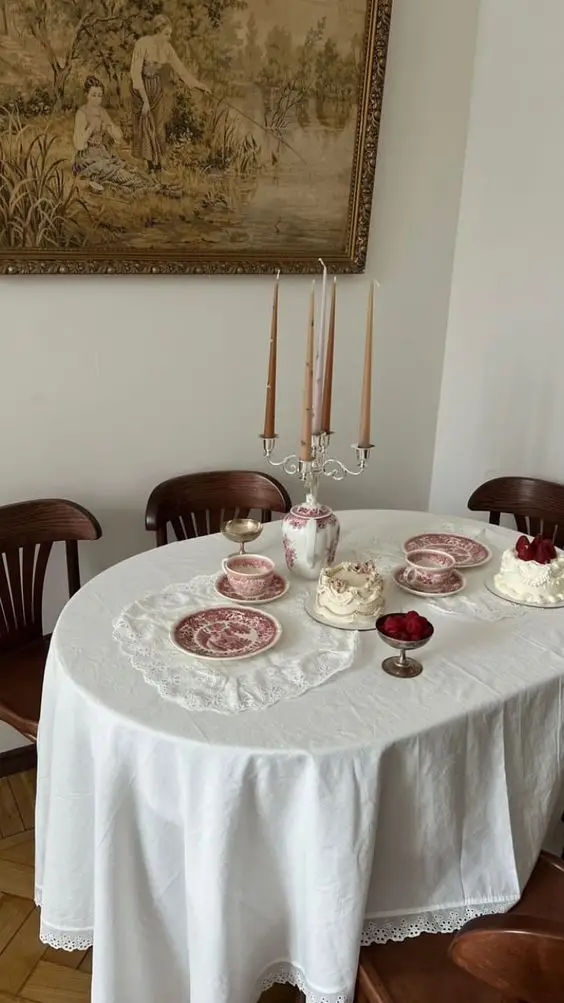
Foundation of porcelain factories in Germany
The "porcelain fever" began in Europe in the late 17th century. In the 18th century, porcelain, then known as "white gold", became one of the most valuable commodities in the world. The trade in porcelain from the East reached its peak, and princes and wealthy merchants were fond of collecting and using Asian porcelain ware. Imported porcelain from China and Japan was a symbol of wealth and refined taste.
The technology of porcelain making, however, which had been developed in China 2,000 years earlier, remained a mystery to Europeans, begging the question of how it could be reproduced. After much experimentation, in the early 18th century Johann Friedrich Bettger, along with physicist Ehrenfried Walther von Tschirnhaus, uncovered the magic formula and created the first European "hard" porcelain. In 1710, the first factory was founded in Meissen.
The main difference between "soft" and "hard" porcelain is that the former does not contain kaolin. Other factories, such as Berlin, Nymphenburg and Furstenberg, emerged from the success of the Mason factory. Each developed its own style and labeling system to differentiate itself. German porcelain is known for its durability, beauty, and rich history.
Marking German Porcelain
The marks on porcelain can be divided into three types: trademarks, factory marks, and artist's or decorator's marks. These marks help identify the maker and date of manufacture of German porcelain.
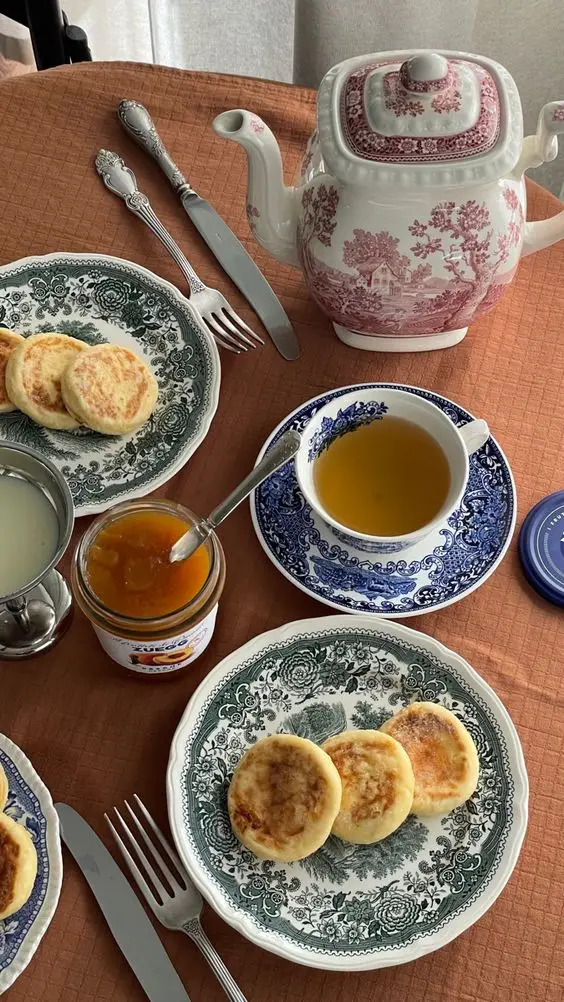
Trademarks often contain letters, numbers, and symbols. They were used for branding and advertising and were usually placed on the back of the bottom of porcelain.
Factory marks are specific to a particular factory and help date the piece. They include the factory name, logo or symbol, and sometimes the location.
Artist's or decorator's marks are initials or signatures that can be found at the bottom or near the design.
German porcelain brands are characterized by their elaborate designs and precise markings.
Note
In contrast to English and French manufacturers, German porcelain producers usually did not give separate names to a series of tableware, the exceptions being Villeroy & Boch and a few other factories. They mostly used branding with the manufacturers' names, special symbols (like Meissen's crossed swords) or coats of arms.
Evaluation of German porcelain
Collectors tend to have German porcelain in their collection because of its fascinating design and rich history. Estimating its value is difficult as one needs to know the authentic stamps. A basic understanding of these stamps can help you understand their value. Each manufacturer has its own unique characteristics. For example, from 1730-1774, Meissen used a mark with a dot. This is the same for other makers: the stamps changed over the years and had their own features by which professionals can determine the years the piece was made. This can help in dating and identifying the origin of the piece.Factors affecting the value of German porcelain
The most important factor is certainly the maker's mark, which helps to date and identify the piece. However, there are other characteristics that affect value:
Age — older pieces are less common and are usually more valuable.
Condition — pieces with minor chips, cracks or repairs may be worth less.
Rarity — patterns and designs made in small runs are rare and valuable.
Historical significance — porcelain commemorating notable events or persons may also be more expensive.
The stamps on porcelain can provide information about the origin, age, and maker of the piece. Knowing how to distinguish and understand these stamps is important for collecting, trading or selling vintage porcelain. Knowing the brands of porcelain ensures that you have an authentic and valuable item to treasure for generations.
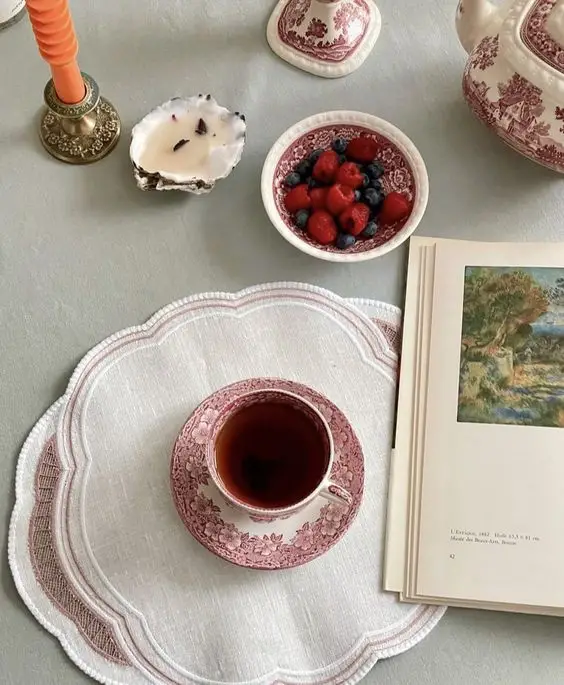
History of Villeroy & Boch
Villeroy & Boch was founded in 1748 by François Boch and his three sons in the village of Audun-le-Tiche, in Metz, Lorraine, France.

In 1767, after merging with the factory of Nicolas Villeroy, the company received its modern name. François and Nicolas were not only industrialists, but also former competitors who produced earthenware and porcelain. In the beginning, the company specialized in making earthenware and stone ware, including kitchenware and household vessels. They quickly gained a reputation for producing high quality ceramics.
Unlike others, Villeroy & Boch were not limited to only producing tableware and decorative items; they were and still are tile manufacturers as well. It is this wide range of products that has helped the company maintain their place in the European market over the years. It also meant that much of their previously produced tableware became rare, and therefore more valuable.
In 1809, Jean-François Boch, son of François Boch, purchased a former Benedictine monastery in Mettlach, a municipality in the German state of Saarland, bordering France and located on the banks of the Saar River. In this baroque building, he organized a highly modernized and large-scale ware production system. He developed many of the machines for production himself. His inventions contributed to the transition from manual ceramic production to industrial mass production. This baroque building is now the corporate center of Villeroy & Boch.
In the twentieth century, Villeroy & Boch gained its position as the largest ceramics manufacturer, producing a wide range of products such as sanitary ware, ceramic tiles, bricks, porcelain and earthenware. The company introduced new methods of glazing and decorating ceramics, which led to the production of superior quality products with more colorful and luxurious patterns.
In addition, Villeroy & Boch actively developed its design approaches, creating unique and attractive patterns that have become the brand's hallmarks.
Over the course of its history, Villeroy & Boch has established production units and factories in both France and Germany. This has led to the placement of "Made in France" and "Made in Germany" labeling on their products depending on the place of manufacture. The "Made in France" label was used for a short period from 1946 to 1956, when the Villeroy & Boch tableware production in Mettlach came under French administration.
This is how Villeroy & Boch became one of the leading porcelain manufacturers in Europe, known for its innovative approach and dedication to tradition.
Series "Rusticana"
The "Rusticana" series was created in the middle of the 19th century and gained popularity due to its elegant design, reflecting the romantic notions of country life. The main feature of this series is the detailed images of rustic scenes that decorate plates, cups, saucepans and other elements of the service. The ornamentation often includes floral motifs and decorative patterns that complement the main plot.
Color scheme and technique
The "Rusticana" sets were made in different color variations: red, blue and green. Each color gives the products their own special charm and style. The technique of execution includes detailed hand painting and application of images with the help of decalcomania technique, which allows to keep the clarity and brightness of drawings for a long time.
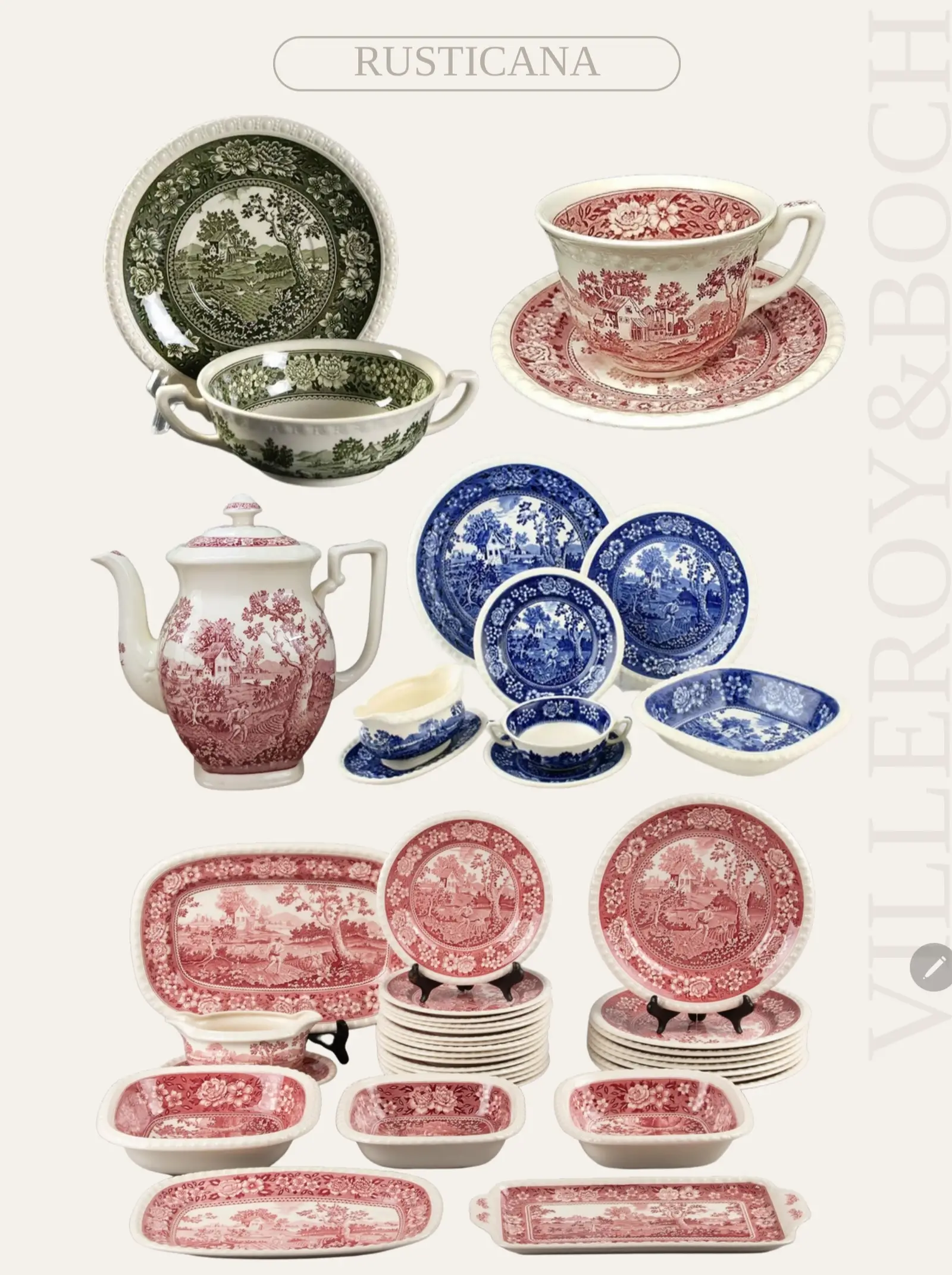
Collector Value
Collectors value Villeroy & Boch vintage "Rusticana" series sets for several reasons:
Rarity and Age
Old pieces from this series are becoming rarer on the market, which increases their value. Serviettes made in the 19th and early 20th century are especially prized.
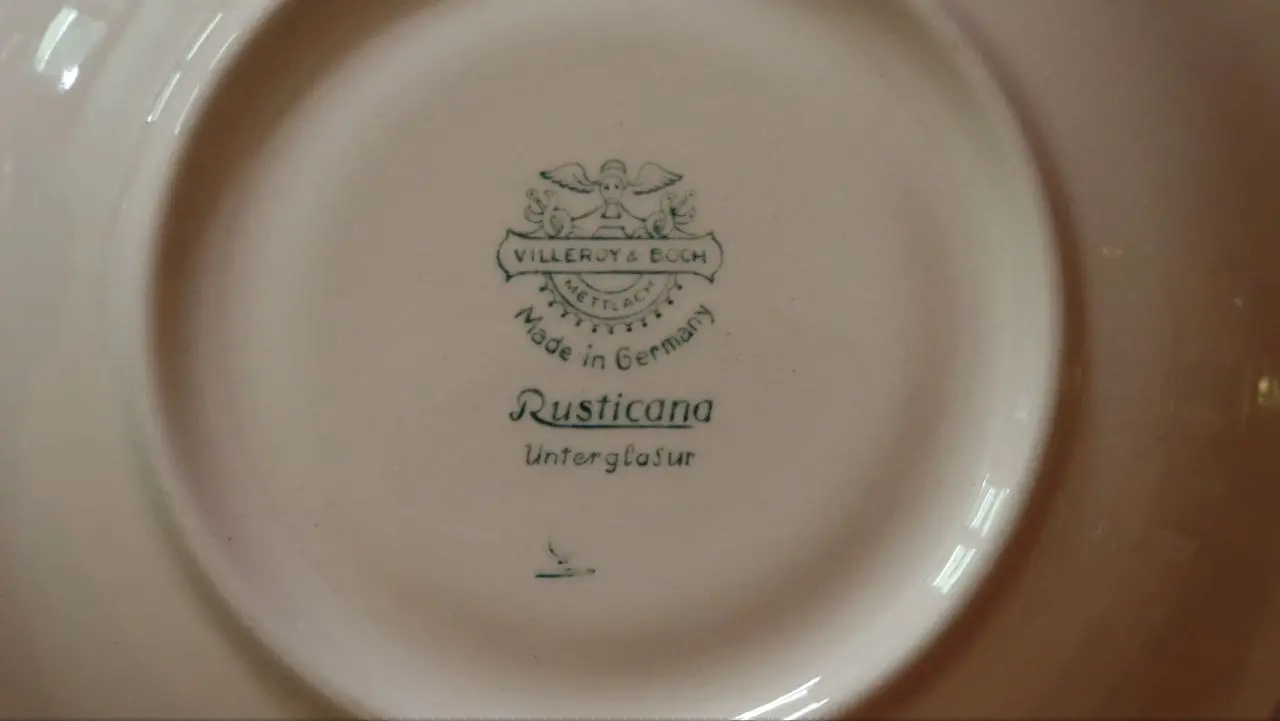
Condition
The condition of the porcelain is a key factor in assessing value. Pieces without chips, cracks and preserved in their original condition command a higher price.
Historical Significance
The "Rusticana" series reflects the artistic and technological achievements of its time, making it an important artifact of ceramic history.
Popularity of Design
The design depicting rustic scenes is classic and recognizable, making these pieces attractive to collectors who appreciate a sophisticated aesthetic.
Care and Storage
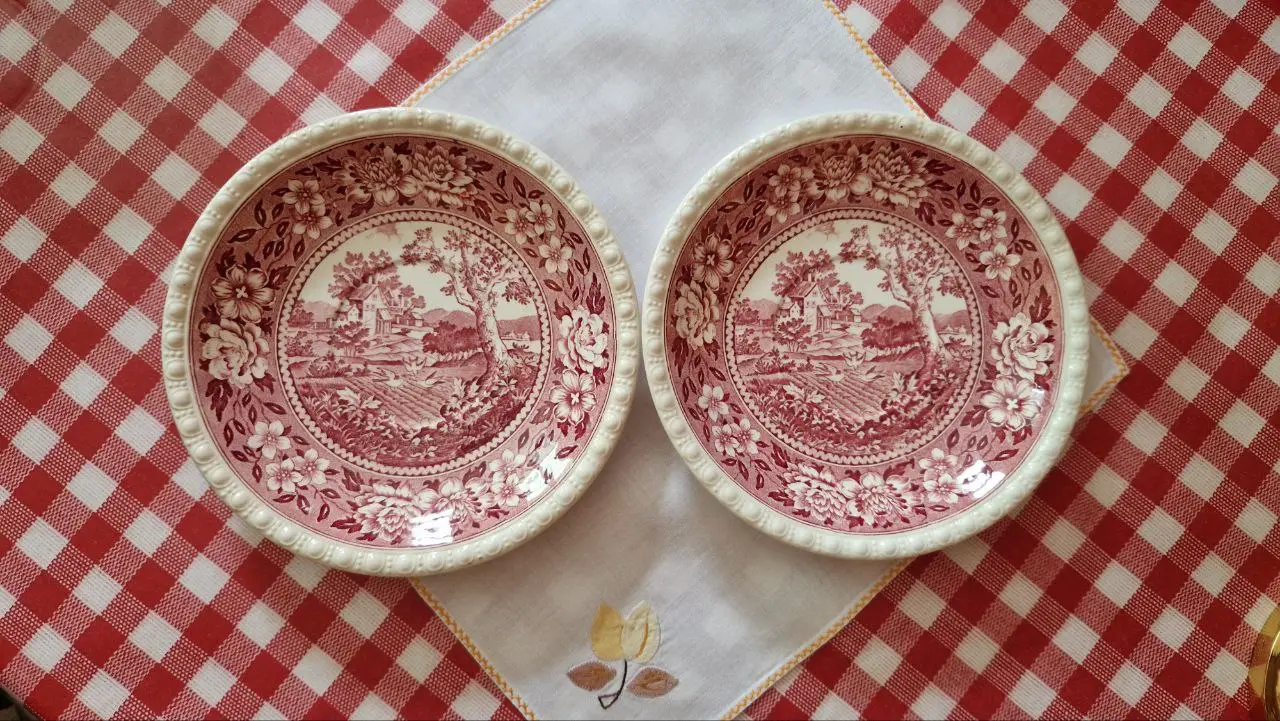
To keep Villeroy & Boch vintage sets in excellent condition, collectors are advised to follow a few simple rules:
Avoid sudden temperature changes
Porcel can crack when heated or cooled abruptly. It is recommended to hand wash items in warm water and avoid using dishwashers.
Store in a safe place
Products should be stored in special porcelain cabinets in an upright position to avoid scratches and damage.
Regularly check the condition
Services should be inspected regularly for damage and have them restored by a specialist if necessary.
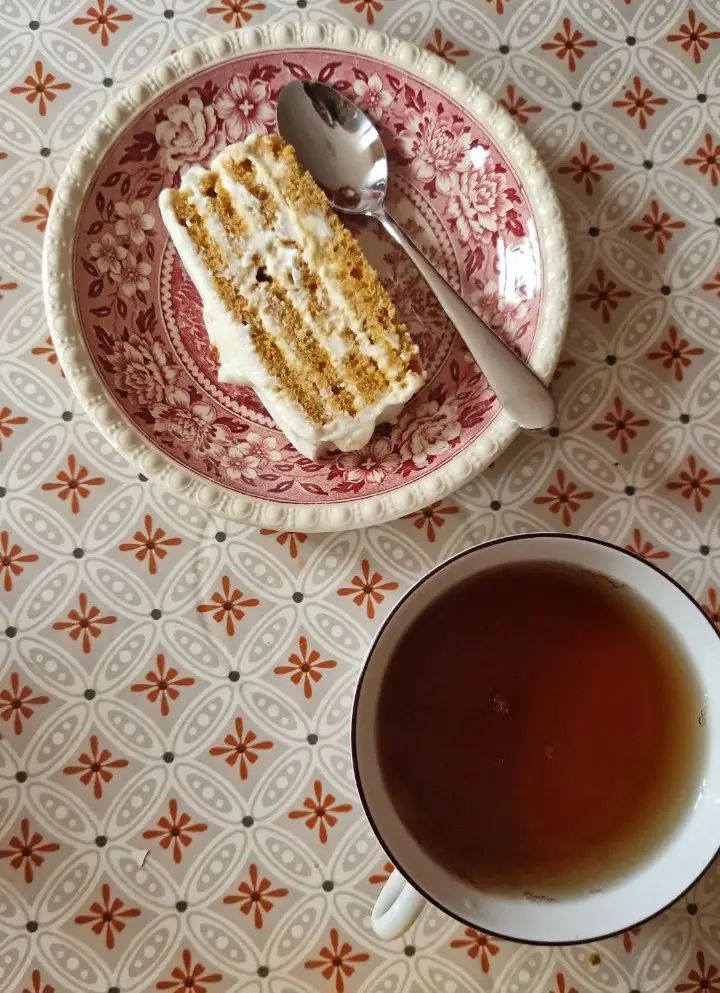
Vintage Villeroy & Boch "Rusticana" series sets are not only works of art, but also important historical artifacts that are highly valued by collectors around the world. Their unique design, high quality workmanship and historical significance make these pieces desirable for collecting, and their value increases every year. Therefore, careful attitude and proper care will help to preserve these wonderful pieces for future generations, continuing the tradition of Villeroy & Boch.
You can always find such sets yourself at flea markets or brocantes in France and at fleamarkets in Germany, or order online on retail platforms or purchase in antique stores from professional collectors. However, you should be cautious, as these sets are rabidly popular and it is common to find scammers on the internet. If you can't buy the whole set at once, collecting one plate at a time will also bring you incredible pleasure, so don't deny yourself. In any case, Villeroy & Boch's vintage sets fall in love and deserve a special place in your heart and on your table.














